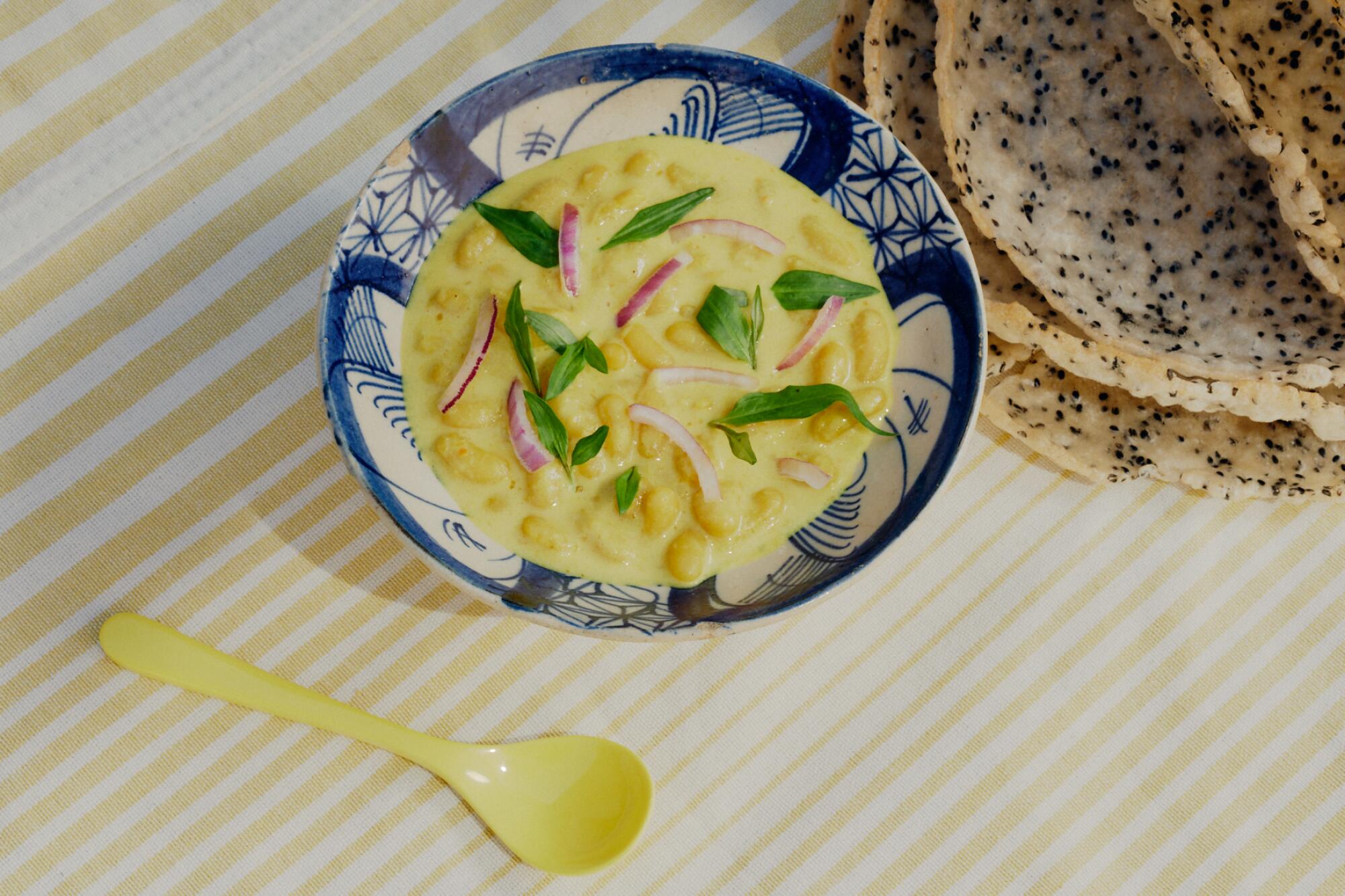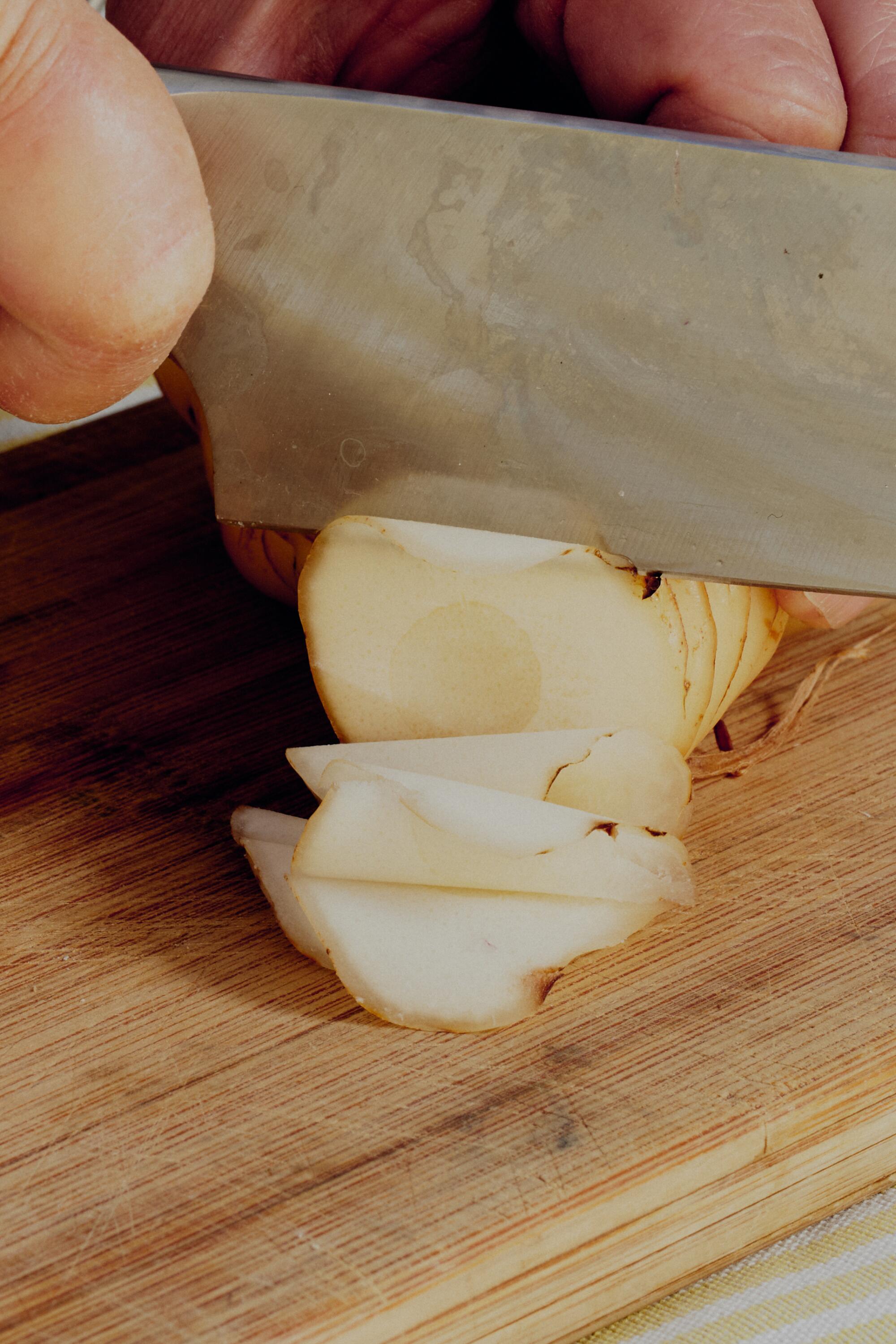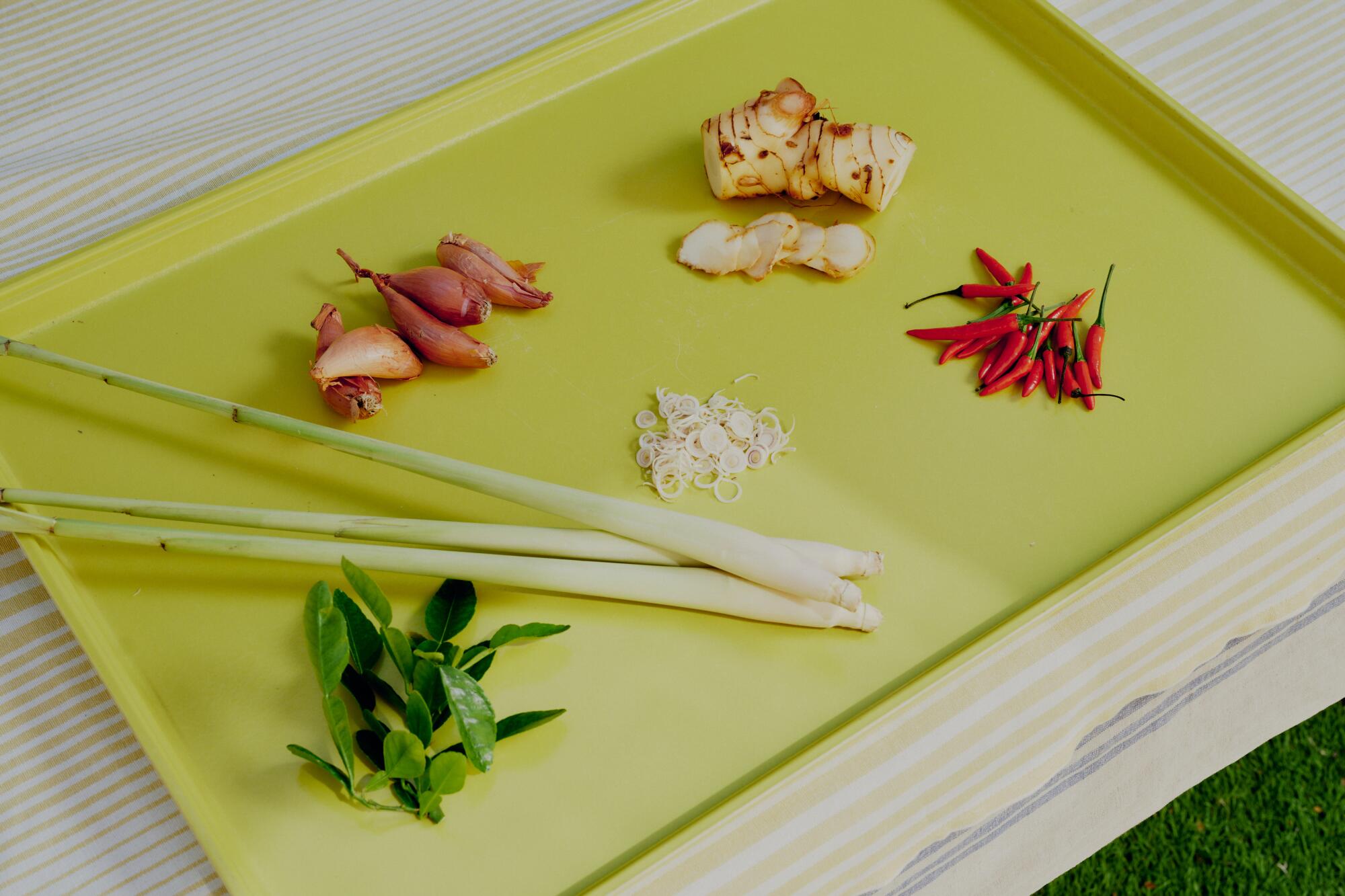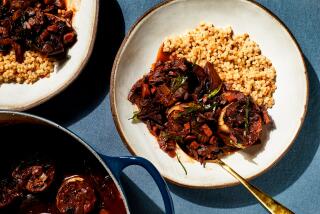
Snails are popular Vietnamese street fare, and in no place is that more apparent than on Vinh Khanh Street in Saigon’s District 4. Affectionately dubbed “Snail Street” for its dense concentration of stalls and shops devoted entirely to mollusks, the corridor is packed from evening to the early hours of the next day with voracious Saigoneers taking down plate after plate of snails prepared in countless ways.
Have you ever had mud whelks or periwinkles in an aromatic coconut broth whose flavors dance among notes of lemongrass, shallots, garlic, chile and fish sauce, topped with fresh onions and rau ram and served with a baguette for sopping up the broth?
I love this dish the way Homer Simpson feels about doughnuts and Nan Astley feels about Whitstable oysters. But like with oysters, the divide between snail devotees and detractors is wide. You either love them or hate them.
For the gastropod-averse (including my own partner) who hitherto have long been deprived of the pleasure, I offer this: a pot of white beans bathed in a similarly aromatic broth that, even without snails or fish sauce, hits the briny, umami notes that make the dish so memorable.
At Thai restaurant Holy Basil, the chef serves one of the most iconic egg dishes in the world: The fluffy Thai omelet is whipped until bubbly and then slowly fried in hot oil, instantly puffing up for a cloudlike inner texture.
The key to the fragrant and delicious broth lies in the spice paste, made with a technique borrowed from Malay rempahs that are used as a base for curries. Preparing the spice paste starts with selecting the right aromatics.
Search for firm, juicy stalks of lemongrass that are heavy for their size. Top marks if you find some with green tops still on them.
You’ll want fresh galangal that’s the color of ivory. As galangal ages or bruises, it oxidizes. Makrut leaves should be glossy, a sign that their essential oils are still vibrant. The Thai bird’s eye chiles should be red and have tight skins.

If you don’t already shop at markets that specialize in Asian/Southeast Asian produce, I highly encourage you to do so for these ingredients; otherwise, you will be stuck with limp lemongrass stalks and frozen makrut lime leaves, both of which will noticeably mute the flavor of the rempah. And if you substitute ginger for galangal, then you’ve made your own dish.
In Thai Town, I like Bangluck Market for its consistently beautiful lemongrass and galangal and Silom Supermarket for its makrut leaves and red Thai chiles. You can also pick up palm sugar and rau ram there.
When preparing the lemongrass and galangal, don’t be tempted to rush through the knife work. Lemongrass and galangal are woody things and don’t break down easily in a blender. They need to be sliced thinly before being blended with the rest of the spice paste. This ensures that there will be no tough pebbles of lemongrass or galangal in your pot of beans.
The next step is to fry the paste. Malay rempahs can sometimes involve a two-hour vigil of stirring at the stovetop. Luckily, this paste takes only 15 minutes. This process coaxes and caramelizes the sugars from the shallots and garlic and creates umami without the help of fish sauce or snails. It’s so effective at capturing those flavors that a chef friend of mine, after tasting the beans, thought I had added fish sauce.
Diep Tran's Creamy White Beans in Lemongrass Coconut Broth
Canned beans are perfectly fine to use in this dish, but if you have the time, reach for the dried beans. Raw beans are better at absorbing the flavors of the rempah and their starches will contribute to a more velvety broth. Better yet, treat yourself and use good heirloom white beans like those from Rancho Gordo or 2 Peas in a Pod Farm.
Whatever your choice, make sure to use white beans — red or black beans overwhelm the flavor of the broth. Simmer the beans gently so that they’ll turn out plump and tender but still intact. A sprinkling of sliced onions and rau ram goes on just before serving with the toasted baguette or bowl of steamed rice. A lovely broth, beautiful beans, no snails.

Diep Tran is a James Beard Award-winning writer and a co-author of “The Red Boat Fish Sauce Cookbook.” She is the former chef-owner of Good Girl Dinette.
More to Read
Eat your way across L.A.
Get our weekly Tasting Notes newsletter for reviews, news and more.
You may occasionally receive promotional content from the Los Angeles Times.












